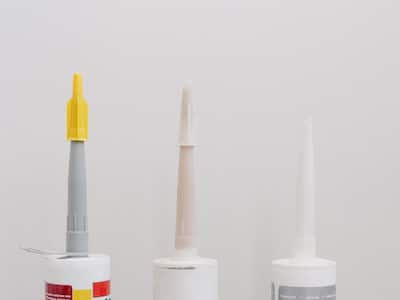
In one case, a father treated his child’s facial laceration with a commercial ‘superglue’, thinking the same form is being used in emergency rooms of hospitals.
In an unconventional case, a private hospital doctor has been accused of using ‘fevikwik’ (commercial glue) in place of medical adhesives to dress the wound of a seven-year-old child. The boy had reportedly suffered an injury above his left eye. As per reports, in place of stitch, commercial adhesive was used to heal the wound. A case has been registered against the doctor.
The incident highlights the need to understand the difference between tissue adhesives used in emergency rooms and commercial glues that are used to club or glue objects in our day-to-day lives. The former is an alternative method for wound closure that is fast, painless and does not require a follow-up for removal, unlike stitches. However, as per studies, many emergency doctors have been casually calling these adhesives ‘glues’ or ‘superglues’ in front of patients. Many times, doctors might be using this term in front of patients’ caretakers who accompany them to the emergency rooms or in front of other medical staff. This can in some cases become a cause of misunderstanding and might lead to people using commercial glueing agents to dress wounds. This can result in negative clinical outcomes.
An interesting case study
As per a case study published in the journal National Library of Medicine, a father treated his child’s facial laceration with a commercial ‘superglue’, thinking the same form is being used in emergency rooms of hospitals. The child was brought to an emergency room following his father’s attempt to dress his wound with a commercial adhesive. Reportedly, the father had visited the emergency room earlier in the same year and his forearm laceration was healed using what he recalled as ‘super glue’. The terminology used by the medical staff made the father believe that commercial glues can be used to treat wounds as well.
READ RELATED: I Tried 8 Store-Bought Hot Dogs & This Is the Best One
This misunderstanding led to complications in the child’s wound which were investigated and corrected under general anaesthesia. It was found that the glue was present throughout the wound. The wound was then cleaned and sutured appropriately.
What is emergency room ‘glue’?
There is a kind of clinical glue which is medically in use since World World II and even earlier. They are fundamentally cyanoacrylate adhesives. Unlike stitches that take time and effort, these biomedical adhesives heal quickly and require no follow-up for removal. They are a time-saving, alternative method of wound closure that is almost painless. These adhesives are particularly used in wounds that involve the closure of two clean sides of a cut and are not recommended in cases of deep wounds, contaminated wounds, animal bites, burns and wounds on the eyes, lips or genitals. The doctor usually decides to use them following an examination of the severity and depth of the wound. As per studies, it might be a good idea for emergency physicians to use the word ‘glue’ in front of patients and other medical staff either with a context, differentiating it from its commercial counterpart or refrain from using it at all.
Total Wellness is now just a click away.
Follow us on
window.addEventListener(‘load’, (event) => {
// $(document).ready(function(){
$(‘#commentbtn’).on(“click”,function(){
(function(d, s, id) { var js, fjs = d.getElementsByTagName(s)[0]; if (d.getElementById(id)) return; js = d.createElement(s); js.id = id; js.src = “//connect.facebook.net/en_US/sdk.js#xfbml=1&version=v2.3”; fjs.parentNode.insertBefore(js, fjs);}(document, ‘script’, ‘facebook-jssdk’));
$(“.cmntbox”).toggle();
});
// });
});








